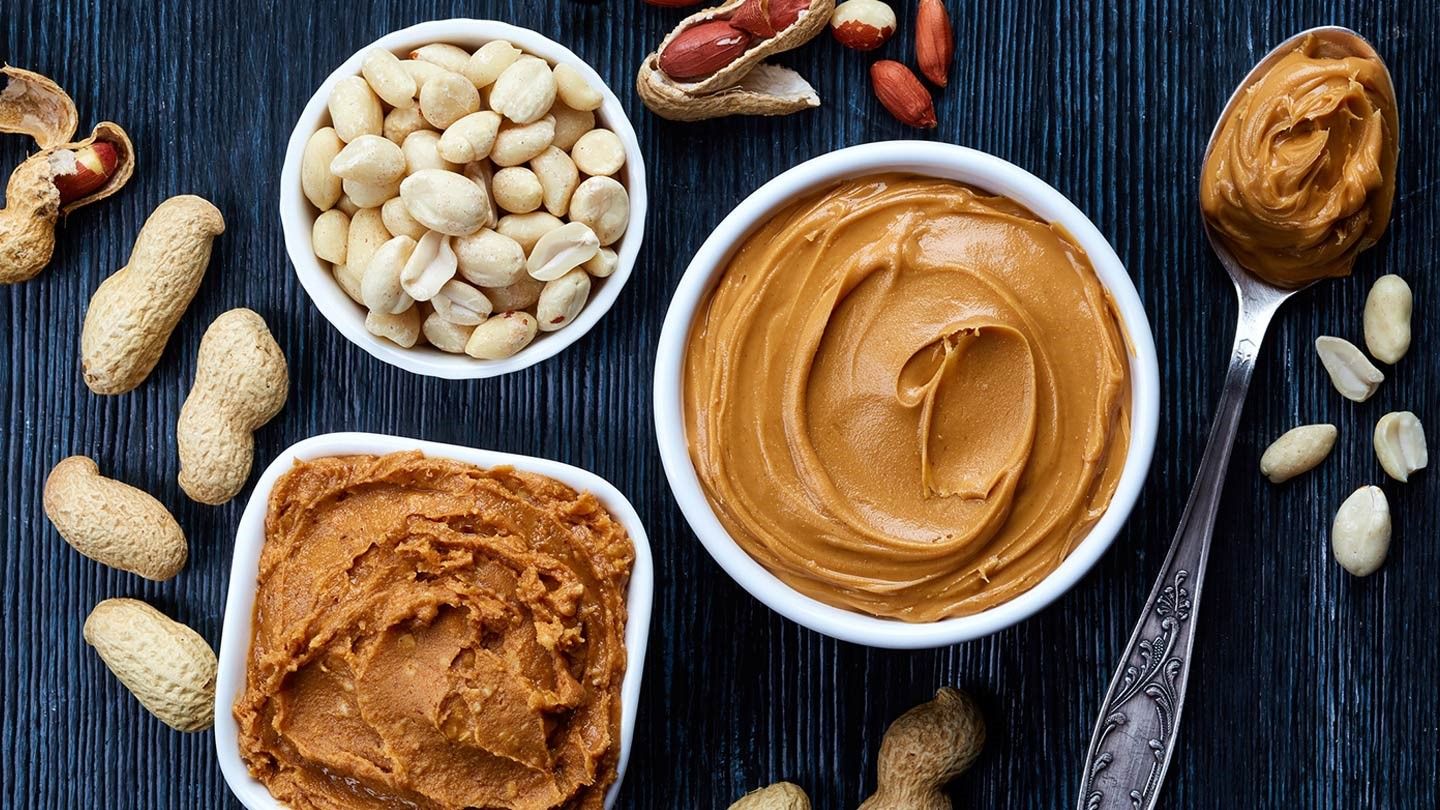Even though peanut butter has been a culinary staple for over a century, it is good to realize that it isn’t necessarily a dietary option for everyone. For instance, almond butter spread Australia appears to be the most popular among these possibilities, almond, cashew, macadamia, hazelnut, pecan, pistachio, walnut, sunflower etc. Over time, other nut butters have increased, many in response to health and allergy concerns. Let’s compare a few significant features of the two most popular options:
Nutrient Content
To begin with, each tablespoon of almond butter (AB) and peanut butter (PB) contains the same amount of carbs, fat, and calories. Each tablespoon has approximately 95 calories in it. Dry, roasted peanuts are ground into PB. It contains a lot of magnesium, folate, vitamin B3, and vitamin E. PB is more widely available than AB; however, it often contains preservatives to extend its shelf life and improve flavour. AB offers higher vitamin E, iron, calcium, magnesium, phosphorus, potassium, and antioxidants than PB, prepared by grinding almonds into a paste. Both are strong in monounsaturated (healthy) fats and are high in fiber and protein.
AB contains 50% more monounsaturated fat and 25% less saturated fat than peanut butter. Monounsaturated fats are widely considered to be “good” fats. They may reduce our risk of heart disease and stroke, according to research. There are no trans-fats in AB. So, if you’re concerned about cholesterol, choose AB. You can also purchase organic, all-natural peanut butter without trans-fat, but you’re out of luck if you’re using Skippy or Jif on your PB&Js.

Acidic vs alkaline foods
Many people nowadays consume alkaline water and eat an alkaline diet. To summarize, alkaline foods positively influence the ph level in your body, whereas acidic foods have the opposite effect. Many people believe that eating alkaline foods and drinking alkaline water can help them avoid diseases and illnesses and increase their energy and metabolism.
Cost
Many individuals find almond butter to be a delicious and safe alternative to peanut butter because of the growing number of persons with peanut allergies (1.5 percent of the population in the United States alone). Almond butter contains fewer additives and preservatives than peanut butter, yet it is more expensive than PB because it is less commercially available. You pay more for AB because of the higher quality, and it might cost anywhere from $3 to $5 per jar more than PB, depending on where you shop. AB should be around $6 per jar, whereas PB is usually around $2 to $3.
Conclusion
Almond butter spread Australia is the clear victor, with more nutrients per serving, more healthy fats, and less harmful fats; nevertheless, it is more expensive because it is alkaline rather than acidic. So, if you’re willing to pay a little extra for higher-quality nut butter, almond butter is by far the superior option.




